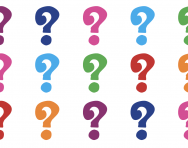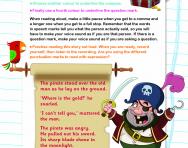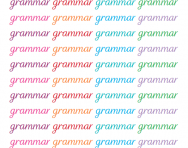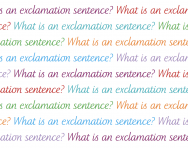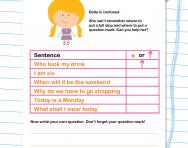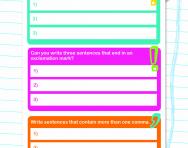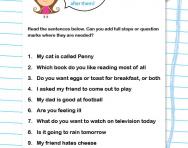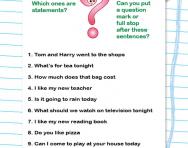What is a question?
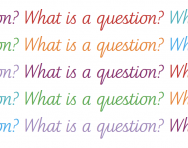
What is a question?
A question is a type of sentence that we ask or write to gain further information from a person or people responding.
Written questions are punctuated with a question mark to show that the sentence has been completed.
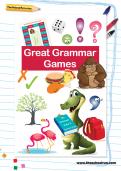
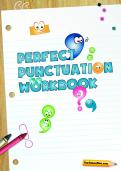
Download Fantastic FREE Grammar Resources!
- Perfect Punctuation Workbook
- Grammar Games Pack
- PLUS 100s of other grammar resources
Often, but not always, question sentences begin with one of the following words:
- Who
- What
- When
- Where
- Why
- How
For example: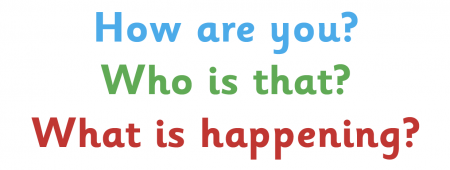
Not all questions begin with these words though; there are many other alternatives that can be used to frame the structure of a sentence. For example:

When are questions taught in the primary school classroom?
In Year 1, children are also taught and encouraged to ask questions to find out further information; this often occurs during reading comprehension and topic (history and geography) lessons. By the end of Year 1, children will be expected to be able to identify and then punctuate the end of a question sentence using a question mark, and be able to ask simple questions within their writing.
In Year 2 children will be expected to write questions within their writing more confidently, and be able to identify question sentences that require to be punctuated with a question mark. To leave Year 2 working at the expected standard for a child of their age, children would be expected to demonstrate they can punctuate question sentences accurately.
As part of the Year 2 Grammar, Punctuation and Spelling SATs, children will also be expected to add the appropriate punctuation to a sentence. For example:
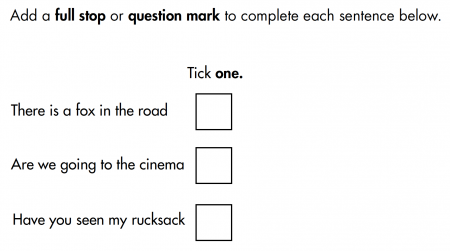
In Year 3, when direct speech is formally introduced, children will be expected to punctuate questions with question marks within inverted commas (speech marks). Consolidation of this punctuation rule will continue throughout Upper Key Stage 2.
To leave Year 6 working at the expected standard for a child their age, children need to be able to demonstrate they can punctuate question sentences using a question mark within their writing. Also as part of the KS2 Grammar, Punctuation and Spelling SATs, children will also be expected to add the appropriate punctuation to a sentence. A SATs question on his topic might look like this:

How are questions taught in the primary classroom?
When children are learning the difference between ‘asking’ and ‘telling’ sentences in Year 1, they will often learn about some of the key words that are involved in asking questions. These words are: who, what, when, where, why and how. They are taught these words alongside other words that can ‘help us get a response or an answer’.
Children will identify question sentences from worksheets, punctuate various sentences types with the appropriate punctuation, and then begin to write their own sentences as they progress throughout their time at school.
Asking questions isn’t solely a written exercise at school; being able to ask questions orally in order to further knowledge also forms part of the reading curriculum and the humanities and science curriculums.

Give your child a headstart
- FREE articles & expert information
- FREE resources & activities
- FREE homework help

